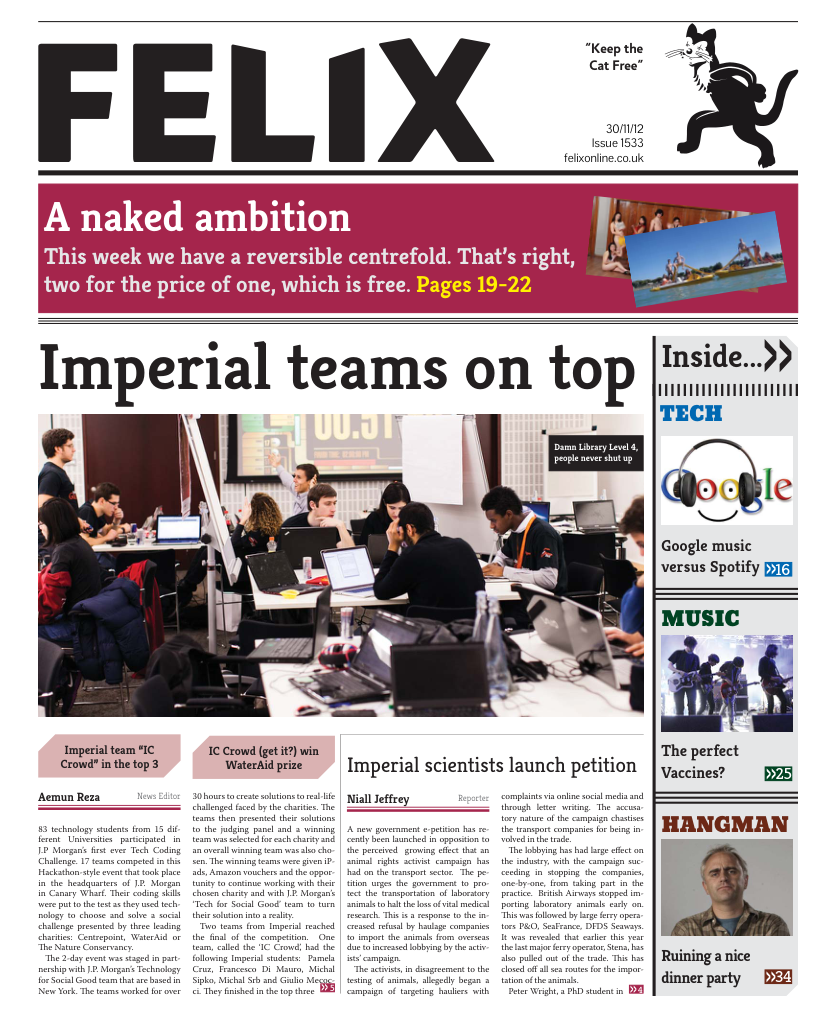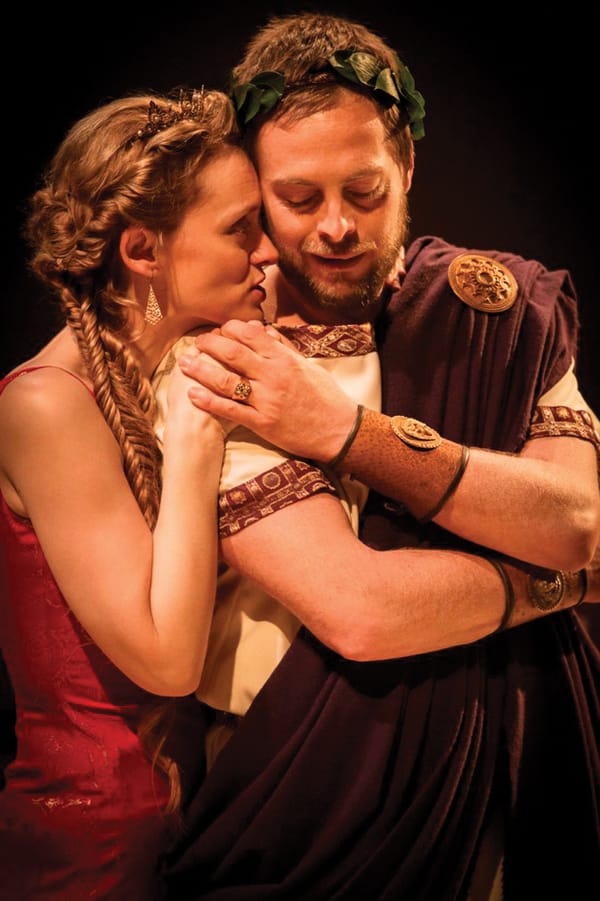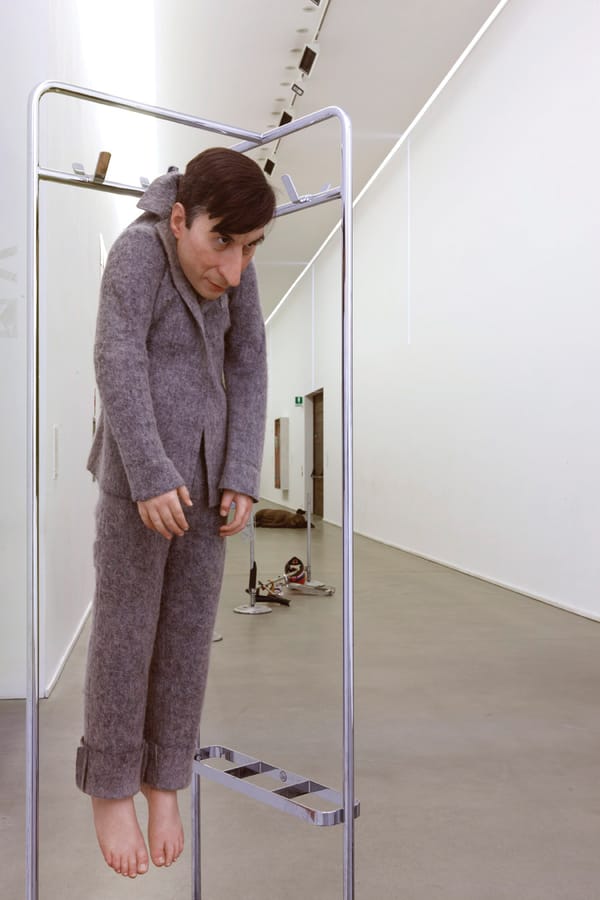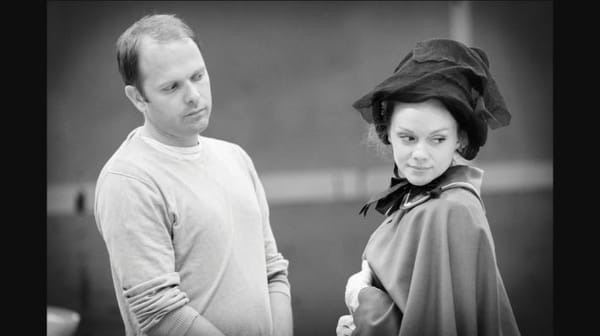Dead reckoning
Fred Fyles always looks on the bright side of death
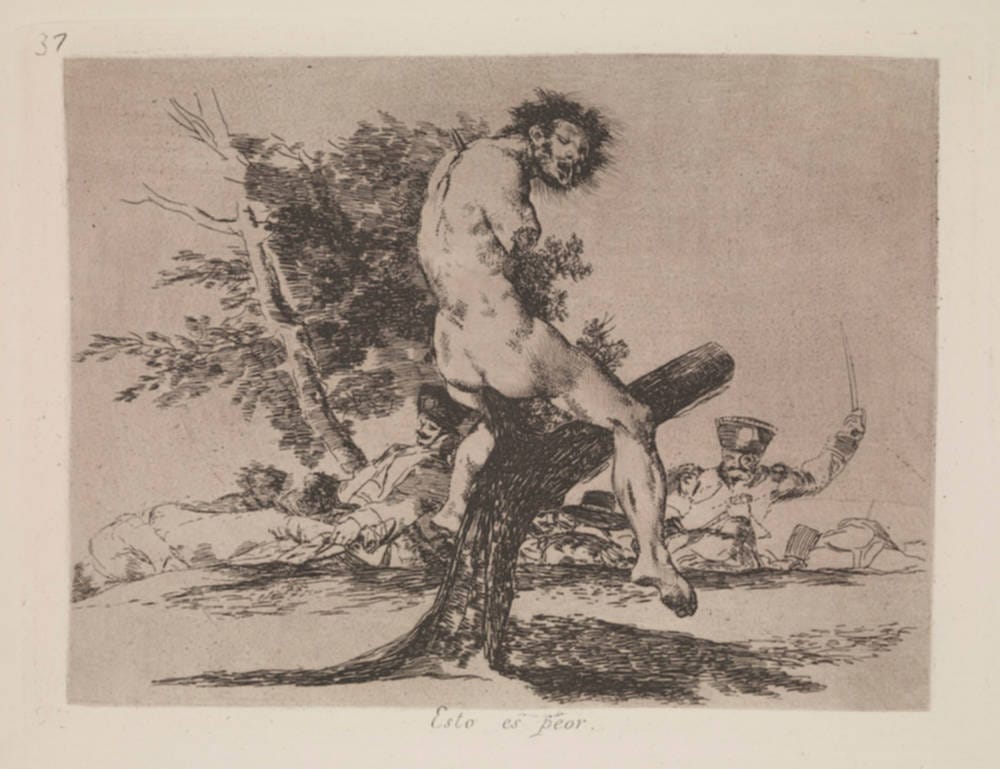
Death. It is a bit of a downer is it not? We spend our entire lives trying to escape the shadow of the reaper, constantly reminded of our own mortality. The ticking clock, wilting flowers, it all emphasizes how little time we have left on this planet. But death is also a fascination for humanity; we obsess about the idea of what lies beyond with a kind of morbid curiosity, and no-one represents this attitude better than Richard Harris. An American art collector, Harris has been collecting works related to death for the last decade, and now has close to 1500 pieces in his collection of macabre curiosities. It is this collection which forms the basis of the Wellcome Collection’s latest exhibition, entitled Death: A Self-portrait, which is by turns depressing, horrifying, and uplifting.
The exhibition begins with works contemplating death, a selection of memento mori exploring the complex relationship we have with death. Japanese sculptures of snakes slithering through skulls are juxtaposed with prints warning against leading a sinful life. The Victorian idea of a ‘good death’ is explored here: those who have lived in a godly, sin-free manner would greet death like a friend, while those who have been greedy will try and stave the reaper off for as long as possible before succumbing, terrified, into the abyss. The highlight of this section is the selection of exquisite still-life paintings, including a marvellous piece by the Dutch painter Adriaen van Utrecht. In this work, which is dripping with symbolism, skulls are placed alongside blooming flowers, and delicate soap bubbles represent the fragility of life.
The exhibition continues to explore the various facets of death in this way, presenting it not as a hollow, cadaverous entity, but rather something very much alive. Puppets from the US, and Tibetan woodcuts look at the role of death in music, focussing on the Danse Macabre, the artistic idea that death unites all. In frenzied paintings skeletons of kings cavort with paupers, and corpses jive to unheard music. Following this humorous interlude we are presented with the idea of ‘Violent Death’, a series of works exploring war and suffering. Superb etchings by Goya show in vivid detail the torture and abuse faced by the Spanish in the early stages of Napoleon’s invasion; alongside Otto Dix’s brutal depictions of the First World War in his Der Krieg series, these works present Death as a warlord, triumphantly overseeing the massacre of both soldiers and civilians.
The following room focuses on the relationship between Freud’s theories of Eros, the life drive, and Thanatos, the death drive, or the tendency of people to go towards death and destruction. The works show the obsession humanity has with death; like footage of an accident, we want to look away, but we just can’t. One work from around 1900, entitled When Shall We Meet Again?, portrays a group of medical students standing around a flayed cadaver, its skin peeled back and muscles exposed. It provided an insight into what had – up until then – been a closely guarded aspect of medical training: the dissection of corpses for study.
This dichotomy between the living and the dead continues as the next room explores how the dead are commemorated around the world. A beautiful selection of works, which are by turns wickedly funny and deeply moving, show how death is approached in different cultures. Vivid photographs of Day of the Dead celebrations, during which spirits are welcomed into the afterlife, contrast with the set of European postcards from the early 20th Century, which show kissing couples metamorphosing into grinning skulls. A particular favourite of mine was the series of pictures by Marcos Raya, a Mexican artist who takes vintage portraits and paints skulls over peoples faces; instead of seeing a smiling couple at the alter, a pair of gurning skeletons turns to face us. They do possess a dark humour, but also remind us of the inevitable presence of death in our lives.
This show sets out with the intention of looking death square in the face, but death doesn’t have a face, it doesn’t have a motive; it is simply an event that everyone observes, but no-one actually experiences first hand. What this collection actually does is explore humanity’s attachment to death, and in some sense the human condition as well, resulting in a show which may be morbid, but is ultimately inspiring. On this occasion, death isn’t necessarily a downer.
At the Wellcome Collection. Until 24th February. Free entry.


